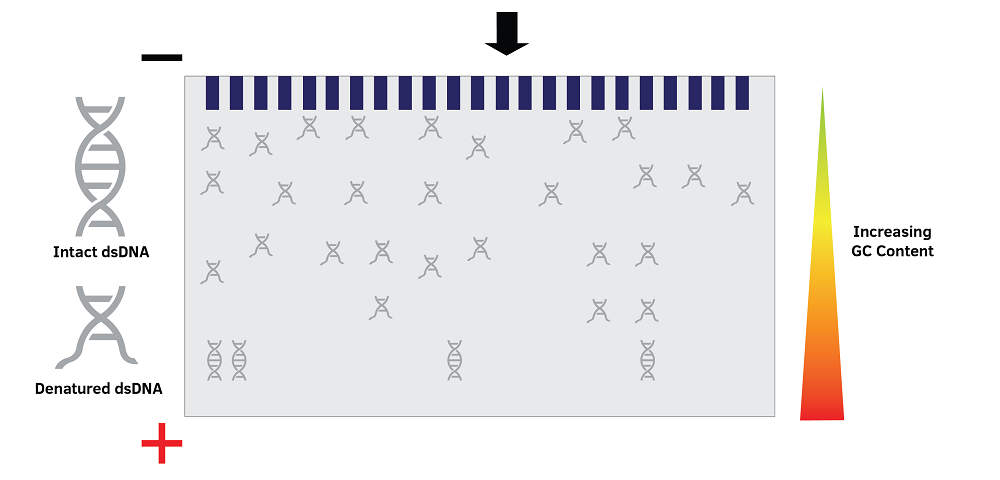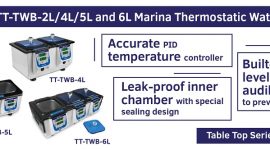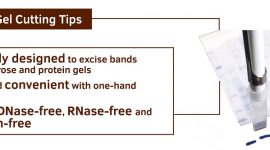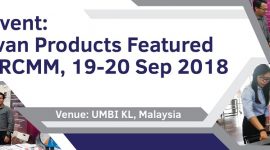23 Jul
2018
Basic Principles of Denaturing Gradient Gel Electrophoresis
You may have heard of DGGE which is the short for Denaturing Gradient Gel Electrophoresis and wondering what this technique is or whether you will ever need to apply this in your research. You probably do not need to use this but it never hurts to gain more knowledge on this powerful molecular biology technique in the field of environmental microbiology, biomedical and clinical to detect mutations.
How does DGGE work?
As we all know, DNA is a molecule responsible for preserving genetic information across species and time. Mutations can occur randomly or induced as an organism adapts to new environment or its surrounding. Observing these genetic changes can be a difficult task. This is where DGGE comes in to assist by analyzing these mutations in a certain population.
The principle is to separate DNA strands, based on the ratio of CG and AT base pairs. During the process, the DNA is exposed to a gradient of denaturant at high temperatures within a polyacrylamide gel. As the DNA sample progresses through the gel, from low to high denaturant concentration, it begins to melt at varying points. The theory goes that the higher GC content makes it harder to melt while samples with lower GC content tend to melt more rapidly.
Why choose SymphonyDGGE?
- Comprehensive and complete system to detect DNA mutations with simplified gel casting.
- Applications include heteroduplex analysis (HA), parallel denaturing gradient gel electrophoresis
(DGGE) and constant denaturing gradient gel electrophoresis (CDGE). - Equipped with efficient microprocessor-controlled PID temperature control unit between
ambient temperature and 70°C. - Maximum 96-sample throughput enables detection of high mutation numbers within a few
hours.
What to look out for?
- Obviously, PCR plays a critical role in the sample preparation process prior to DGGE. Care must be taken to ensure sampling, DNA or RNA extraction, reverse transcriptase (for RNA), PCR primer design, PCR conditions and cleanup are carried out properly.
- Chemicals used for gel casting should be as fresh as possible (e.g. acrylamide, formamide and urea).
- The ingredient and casting method for the DGGE gel is unlike a typical agarose or PAGE electrophoresis gel. It has to be specially made with a gradient of denaturing agent concentration. Therefore, a gradient mixer and a pump are usually used.








